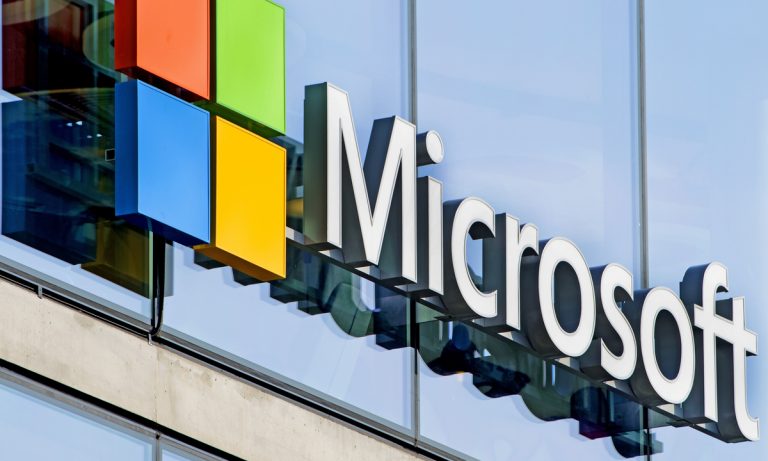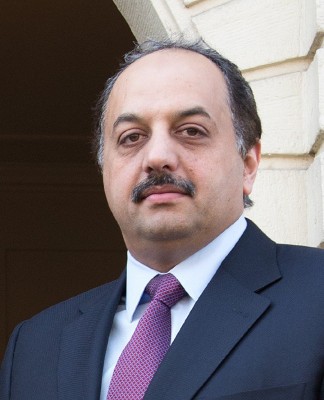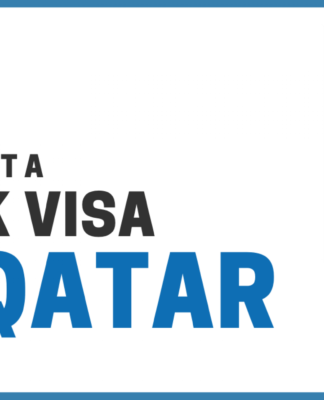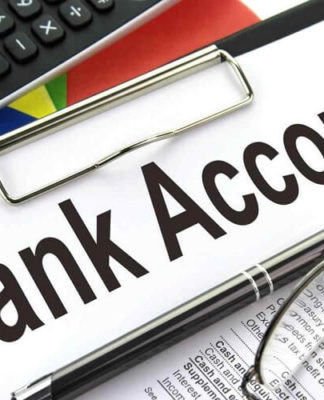Microsoft’s CBDC Push Hints at Private Sector’s Role in Shaping Digital Currencies
BY PYMNTS | AUGUST 9, 2023
|
Central bank digital currencies (CBDC) are on pretty much every central bank’s road map.
A full 93% of central banks across the globe are in at least some stage of CBDC development, per data from the Bank of International Settlements.
And a string of recent announcements from Microsoft spotlight the fact that public-private joint efforts may be among the critical components of bringing digital currencies more firmly into the mainstream — or at least into reality.
For a casual observer, it may be a bit hard to remember that Microsoft’s roots rest with desktop computing and operating systems — Wednesday’s (Aug. 9) partnership details bring Microsoft further afield from those hardware roots.
Looking at CBDCs
As reported here, Aptos Labs is partnering with Microsoft to leverage Microsoft’s Azure OpenAI Service to bolster Web3 adoption. But drilling down into the announcement, there’s mention of some specific areas of focus:
“Another important pillar of the partnership is that Aptos and Microsoft have also agreed to explore innovative solutions, such as asset tokenization, payments and Central Bank Digital Currencies, that will further advance the adoption of Web3 from financial services enterprises.”
The linkup with Aptos follows the May announcement that Microsoft, along with Goldman Sachs and Deloitte, would launch the Canton Network and start testing new features this summer.
We noted back then that among the Canton participants is the Digital Dollar Project, the nonprofit that is centered on exploring the development and use of a U.S. CBDC.
Also in May, the Brazilian central bank published a list of participants in its Brazilian CBDC pilot, a roster that includes Microsoft (and Visa too). According to the announcement, the pilot centers on a single use case, specifically delivery of a payment protocol between FIs.
The mention in the August announcement of “asset tokenization” and CBDCs hints at the importance of interoperability within existing financial structures and payment rails. This week has heralded another key move into digital currencies from the private sector: PayPal launched its own stablecoin, PayPal USD to, among other things, fund purchases at checkout and to be a part of the P2P landscape.
None of this is to suggest that Microsoft has similar plans in the works. But back in 2017, Minecraft, owned by Microsoft, debuted its own currency for its developer marketplace (real-world money was converted into Minecraft Coins).
The premise of introducing digital currency within an ecosystem holds across pretty much whatever ecosystem might be seeking to add payments into the mix. J.P. Morgan, in another example, has introduced euro-denominated transactions enabled with JPM Coin, used by enterprises to make payments.
In a 2021 paper from the Bank of International Settlements, the BIS opined that when it comes to CBDCs, the best design rests with “a two-tier[ed] system, where the central bank and the private sector each play their respective role. A logical step in their design is to delegate the majority of operational tasks and consumer facing activities to commercial banks and non-bank PSPs that provide retail services on a competitive level playing field. Meanwhile, the central bank can focus on operating the core of the system.”
Where we head next in CBDCs may be anyone’s guess, but the tech giants will, it seems, be weighing in.






























